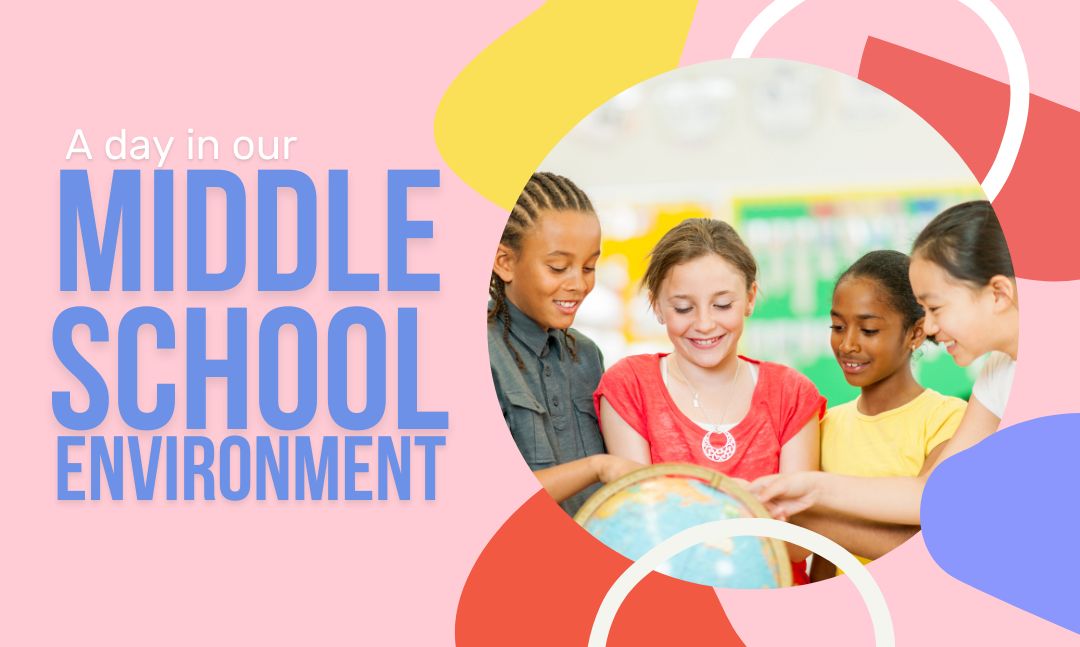“The adolescent must never be treated as a child, for that is a stage of life that he has surpassed. It is better to treat an adolescent as if he had greater value than he actually shows than as if he had less and let him feel that his merits and self-respect are disregarded.”
– Dr. Maria Montessori
While Dr. Maria Montessori is most known for her work in early childhood development, she spent a great deal of time observing what she called the adolescence plane of development. Consisting of students age 12 to 14 years old, the motto of this plane is “Help me think for myself.”
Even though middle school Montessori programs are rare across the country, MMS continually strives to create an engaging environment that leads our students toward their future, while focusing on becoming contributing members of society.
The breakdown of the middle school environment
Before transitioning to the middle school environments, students must master concepts from the toddler, primary and elementary environments. Dr. Montessori felt this environment should reflect aspects of adult life, provide opportunities to explore academic interests and complete age-appropriate tasks in a social setting.
About Montessori adolescents
As she spent time creating this environment, Dr. Montessori identified the characteristics of an adolescent, focusing on one main question asked by students, “Who am I?”
Social creatures
Adolescents strive to find their place in the world and in the classroom. Peer relationships and the peer group are top priority. Camaraderie, fellowship, companionship and teammates are the main focus.
Critical thinkers
Elementary thoughts of the universe turn toward adolescent thoughts of themselves and their group. Adolescents need to recognize their feelings and wants by drawing conclusions, listening and synthesizing. They need to be heard and want adults to listen to their reasoning; to be empowered to seek solutions and discuss their conclusions.
Energetic
Adolescent energy, while especially intense, can be channeled to move mountains. They have a bigger capacity for work and a longing for adventure and self discovery.
Intellectual
At MMS, our curriculum* grants students a base for lifelong learning by developing skills in mathematics, reading, writing and other key subjects.
Sexually maturing
Students will feel challenged to understand what is expected as adults.
Humanistic
Students confront and deal with human nature in a unique way by facing dilemmas, challenges and life contradictions.
There are four major needs of Montessori adolescents:
- They need to work.
- They need to be challenged.
- They need the earth (land).
- They need to build community.
If you’re interested in learning more about MMS, we encourage you to give us a call at 901-524-3444. We
invite you to tour our campus and see what Montessori is all about!
*Note: Maria Montessori School’s curriculum is the result of a three-year research and development project involving site visits to three major Montessori middle and high schools in San Antonio, Chicago and Portland. The project included an exhaustive local and national study of major content curriculums including performance standards and lifelong learning objectives. The Maria Montessori School staff believes that the middle school curriculum meets and/or surpasses those of local private and public schools while embracing the Montessori methodology.

